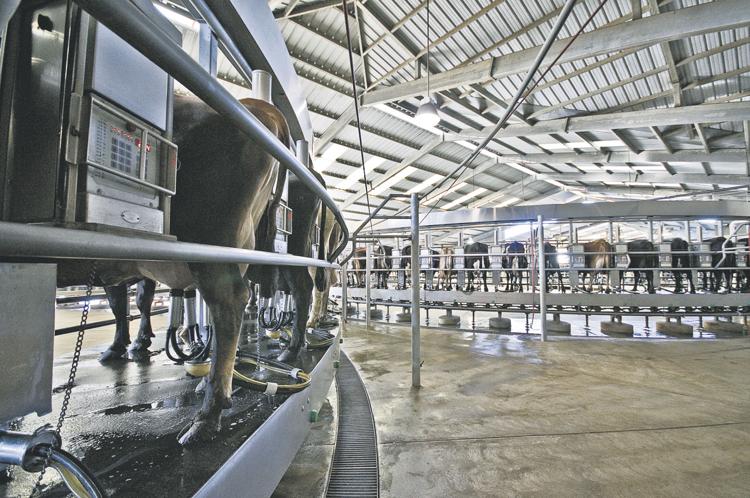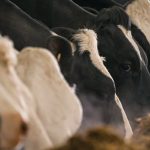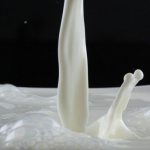
“I’m about as confused by the direction of a lot of these numbers as I’ve ever been,” Mark Stephenson, a dairy economist with the university, said in the latest “Dairy Situation and Outlook” podcast on Monday.
Nationwide, milk production was up 1.3% in September compared to 2018 after showing flat to negative gains all year.
In addition, cash cheese prices on the Chicago Mercantile Exchange have made some big movements in the past several weeks, and blocks jumped more than 10 cents a pound from Friday to Monday.
Cow numbers were down 53,000 from a year earlier in September, but milk production per cow increased 1.8%.
It was stronger than anticipated, a little surprising given reports of quality problems with alfalfa hay and corn silage, wet weather and late plantings, Bob Cropp, a fellow economist with the university, said.
Dairy farmers might be feeding some good-quality feed they have left from last year, he said.
“But I can’t imagine we would not see some impact on that forage quality as we move into winter and next spring on production per cow,” he said.
Total milk production was up in 17 of the 24 reporting states, with some notable increases. Production was up 3.6% in Idaho, 3.8% in Michigan, 5.4% in South Dakota, 5.6% in Colorado and 9.3% in Texas, according to USDA’s National Agricultural Statistics Service.
“In some ways I’m not too surprised because we have improved milk prices,” Stephenson said.
“I think that producers are going to try to get as much milk as they can to take advantage of that to just try to get some cash flowing on those dairies,” he said.
But he is surprised they were able to increase production per cow as much as they did as opposed to holding onto more cows, he said.
Cheese markets have also been confusing, lacking direction for quite a period of time. The cash price went way up, dropped a bunch, came back up quite a ways and dropped a bit, he said.
The price spread between blocks and barrels has also been unusual, with blocks as much as 30 cents a pound higher. But the barrel price was actually above the block price on Friday, he said.
Then on Monday, blocks jumped 10.5 cents a pound — a big movement — to $2.07. With barrels at $2.05, the spread is now 2 cents a pound rather than 30 cents, Cropp said.
“Maybe the market’s settling up a bit between blocks and barrels, but it’s been crazy,” he said.
Some of the day-to-day movement could be buyers purchasing ahead for the holidays thinking prices will go higher, then thinking maybe they won’t and stopping, he said.
Another factor could be that stocks were tightening then production jumped, Stephenson said.
Both economists have been expecting higher milk prices in the fourth quarter, and it looks like it’s going to happen, Cropp said.
Futures prices for Class III milk for November hit $19 per hundredweight on Monday, he said.

























